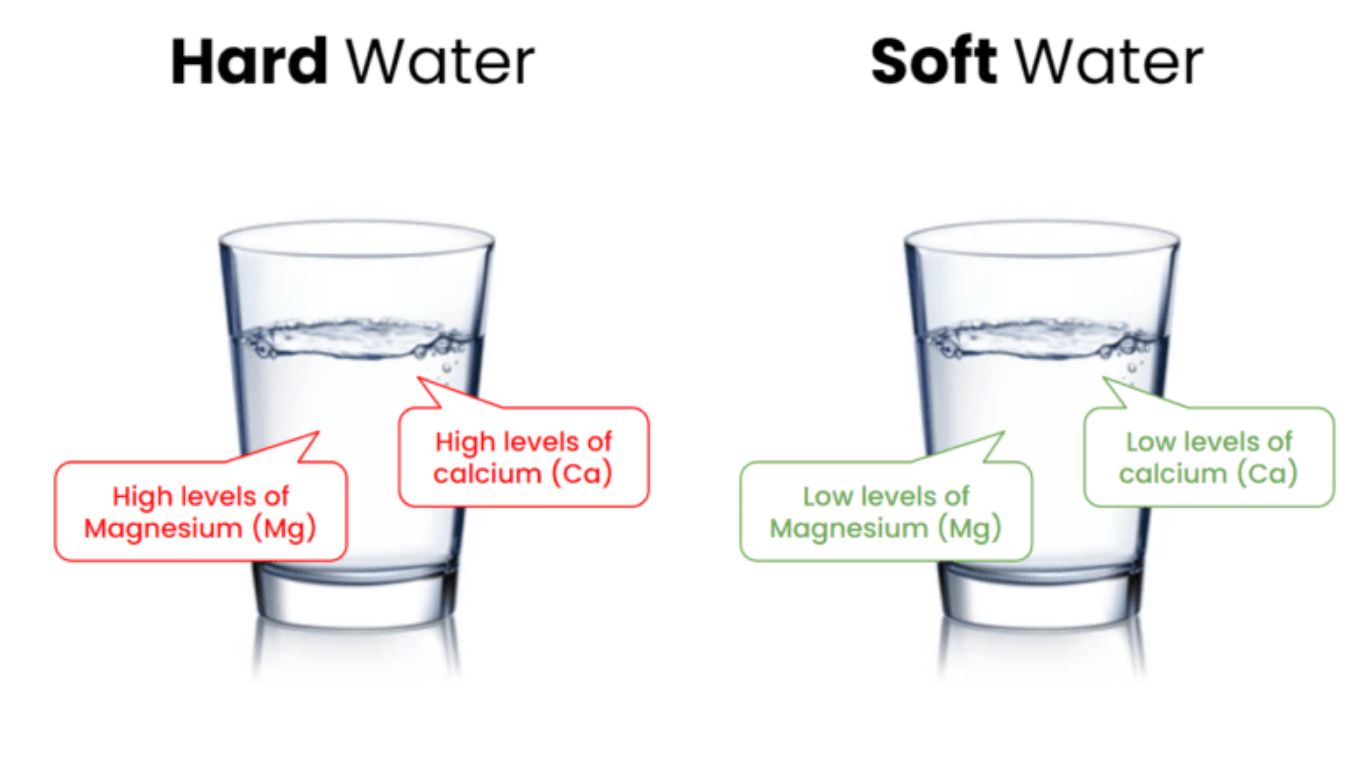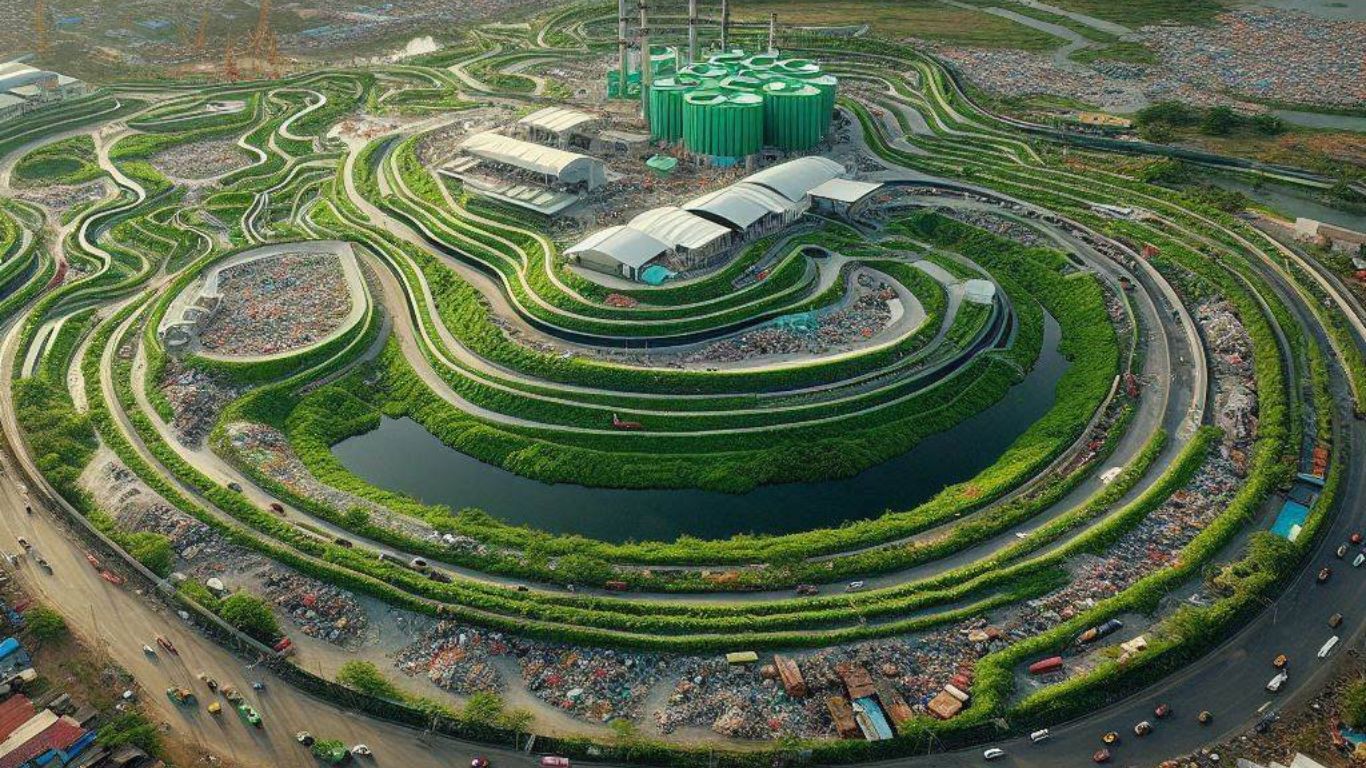The lowest detectable level of magnesium in water depends on the sensitivity of the analytical method being used for its measurement. Modern water testing techniques, such as Atomic Absorption Spectroscopy (AAS), Inductively Coupled Plasma Mass Spectrometry (ICP-MS), or Ion Chromatography, can detect magnesium concentrations as low as 0.01 mg/L (10 µg/L) or even lower in some advanced laboratory setups.
Key Facts on Magnesium in Water:
- Typical Range in Water Sources:
- River water: ~4 mg/L
- Drinking water: 1 mg/L to 120 mg/L (varies based on source and treatment).
- Seawater: ~1,300 mg/L
- Permissible Limits:
- The World Health Organization (WHO) sets the permissible limit for magnesium in drinking water at 50 mg/L.
- Importance of Detecting Magnesium:
- Magnesium, as part of water hardness, can impact plumbing, soap efficiency, and corrosion potential.
- Very low levels of magnesium (<50 mg/L) can lead to pipe corrosion, while excessively high levels affect taste and scaling.
Lowest Detectable Level
With advanced techniques like ICP-MS or AAS, the lowest detectable level of magnesium in water can be as low as 0.01 mg/L. The detection limit varies depending on the instrument sensitivity and method used.















